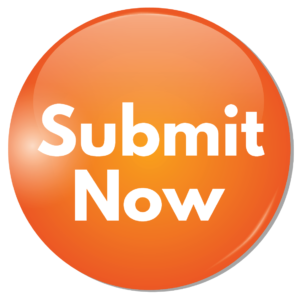Instructions
Send us your best visuals!
 Visual Discovery 2024 (VDC) invites you to submit one of your existing visual communication projects (infographics, data visualizations, photo essays . . . ), perhaps something that you created for a class, to participate in our student competition.
Visual Discovery 2024 (VDC) invites you to submit one of your existing visual communication projects (infographics, data visualizations, photo essays . . . ), perhaps something that you created for a class, to participate in our student competition.
Your project will be displayed as a poster at the conference’s venue (UM’s Newman Alumni Center) for all other students and faculty to admire. At the end of VDC, on Friday April 19, the winners will be announced by a jury. To participate in this competition, you must attend Visual Discovery 2024 in person.
DEADLINE to submit your project for the competition: EXTENDED to April 1st, 2024.
In this guide, we will explain how to design the poster with your project on it for the competition and how to submit it.
Filling out our template for the Competition
We’re providing two templates, one in landscape (horizontal) format and the other in portrait (vertical) format. You can choose the one that you like better. Both are 44 x 68 inches (you shouldn’t change this size!) You can download both templates here.
(IMPORTANT NOTE: The templates are Adobe InDesign files. If you don’t know how to use this program, you can contact VDC organizer, professor Alberto Cairo, and he’ll help you get your project on the poster template and ready to be printed: [email protected]. You don’t need to print your project; we’ll take care of that!)
The templates have fixed and variable elements. These are the fixed elements:
The University of Miami branded family logo listing the School of Communication and the Institute for Data Science and Computing underneath. Don’t modify or erase this.
All text fields and the profile picture remain in their original place and may not be moved, but their content may be changed:
-
- Put your title of the project in the thick headline.
- Give free rein to the flow text—write briefly and clearly about your project. The existing sections “Inspiration”, “Process”, “Result,” and “Context” give you an overview of what you can write about. You can also use your own small subtitles or leave them out altogether. However, do not change the typeface or font size. The text field is limited. Therefore, keep it short and comprehensible.
- If you want to refer to sources, you can insert them at the bottom left. For references to the text, put the linked numbers in superscript. For links to images, place the linked numbers at the bottom left of the image.
- Insert your own profile picture in the existing circle and your first name, last name, and profession (for instance, “student”) next to it in the already existing text field.
Variable elements include the following:
-
- With the optionally applicable QR code, you can, for example, refer to your website, your uploaded video, your app, or similar stuff. Create your own (free) QR code (for example, at QR Code Monkey) and insert it as a .pdf, .eps or .svg.
- You’ll see several image fields. You can adjust and arrange the size, formats, and quantity of the image fields as you wish. On the templates, for example, a large key image plays a role as an eye-catcher and leads on to the smaller images, which consist of sketches, photographic references, and others. Make sure that the images are adjusted to the given horizontal and vertical grid. (The grid becomes visible/invisible when you press the “W” key.) The images must have a resolution of 300 dpi and must be saved within the CMYK color space (uncoded).
Once you have completed your poster, you should export it as a printable .pdf:
“File” > “Export…” > Format: “Adobe PDF (Print)” and “Save”
> Export Adobe PDF
> Select “Crop Marks” for Marks and Bleed and “Use Bleed Settings of Document” for Bleed and Info Area
> “Export”
If you are not sure whether the poster was exported as a .pdf with a CMYK color space in the final format, open the file in Adobe Acrobat and check it with the so-called “Preflight”.
Fill in the form here. There’s a space to submit your .pdf file, as well. Please note that your completed form can’t be further edited once it has been submitted.
For any questions, contact professor Alberto Cairo [email protected].
DEADLINE to submit your project for the competition: April 1, 2024.